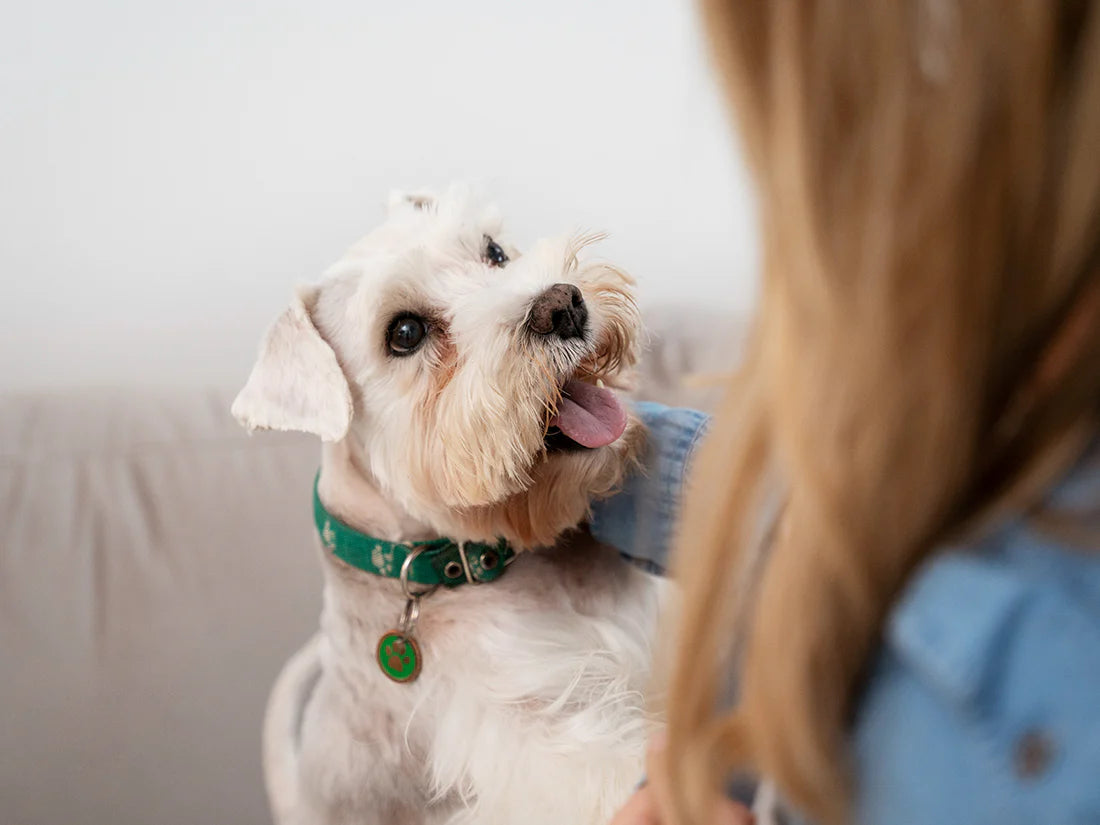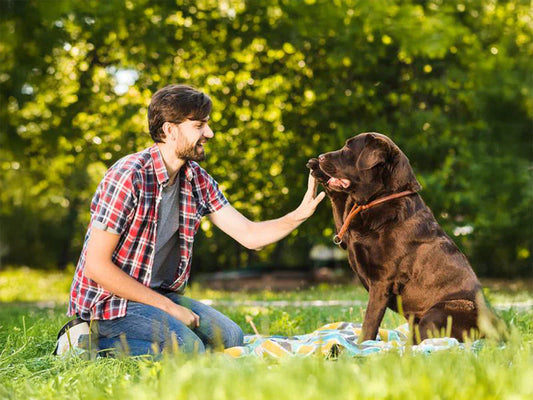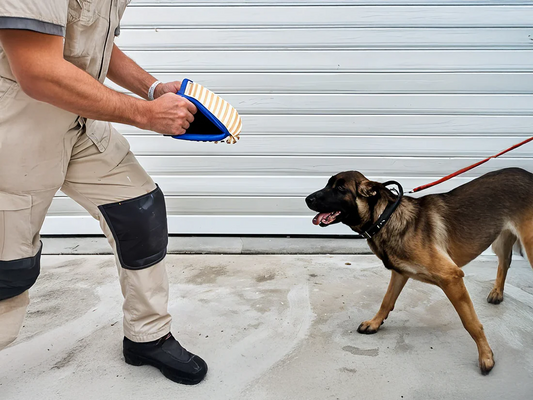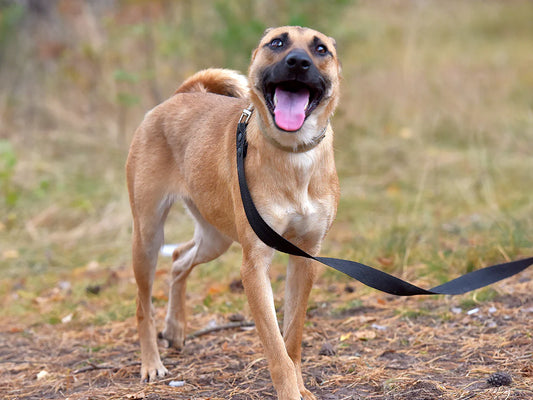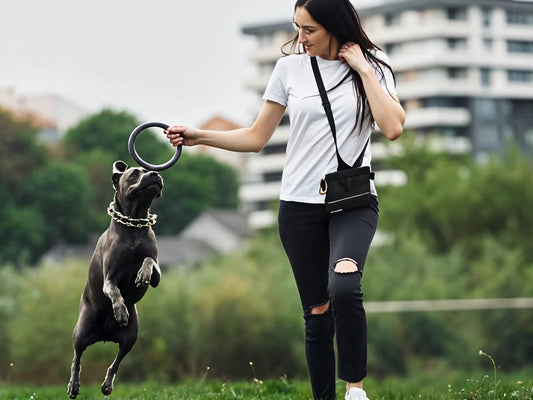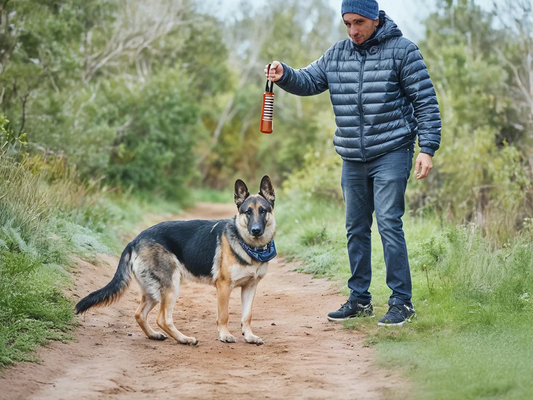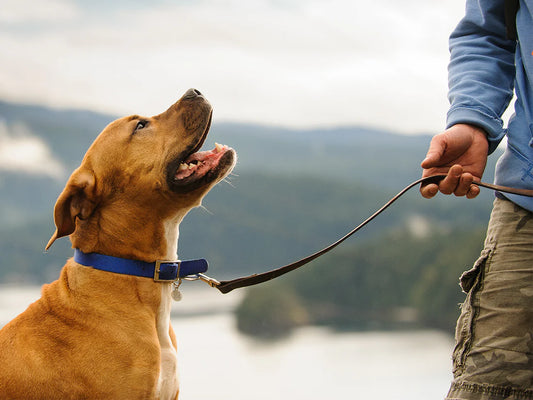Our furry companions may not speak our language, but they communicate with us every day through a rich and nuanced form of expression known as body language. Understanding your dog's gestures and postures is essential for developing a stronger connection and meeting their emotional and physical needs.
Tail Wagging is More Than Just Joy
While a wagging tail is frequently associated with happiness, it is critical to pay attention to the details. A high and fast wag could indicate excitement or joy, whereas a slow and low wag could indicate insecurity or submission. A stiff tail held high can mean confidence or dominance.Tucked tails, on the other hand, indicate fear or anxiety.
Ears Speak Volumes
Dogs use their ears to convey a variety of emotions. Perked-up ears indicate alertness or curiosity, whereas flattened ears indicate fear or submission. If your dog's ears are pulled back tightly, it may indicate stress or discomfort.
Eye Contact and Blinking
Direct eye contact is an effective method of communication in the canine world. A relaxed gaze conveys trust and affection, whereas a prolonged stare can be a challenge or a signal of discomfort. Blinking slowly is often a calming signal, indicating that your dog is comfortable in your presence.
Paw Raises and Stretching
A dog stretches with its front paws extended and hindquarters raised, displaying a play bow as an invitation to engage in friendly interaction. Paw raises during play can indicate excitement, whereas lifted paws during a calm interaction may indicate uncertainty.
Licking and Yawning
In stressful situations, dogs may lick their lips or yawn to signal their discomfort. If your dog exhibits these behaviors frequently, it is critical to assess their environment and determine if there are any stressors that require attention.
Observing and interpreting these subtle cues allows you to better understand your dog's emotional state and respond appropriately to their needs. Developing a keen awareness of their body language strengthens your bond with your pet, fostering a relationship based on trust, empathy, and open communication. So, the next time your dog "speaks" to you, pay attention with your eyes; their silent language is a beautiful and intricate conversation waiting to be understood.
Speak with professional dog trainers and behaviorists about real-life examples of dog body language and how to interpret it correctly, especially when using a dog training leash.

